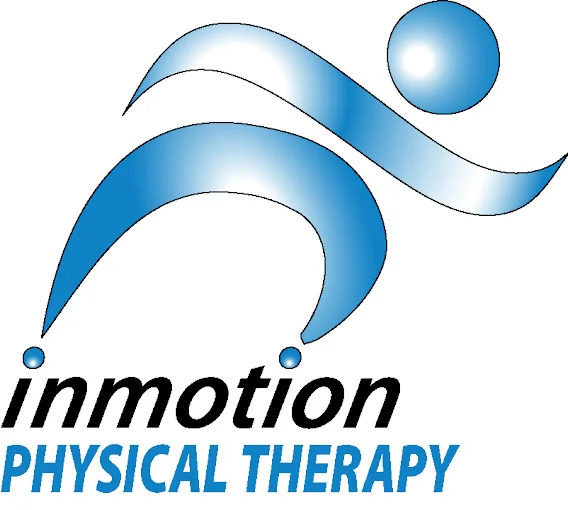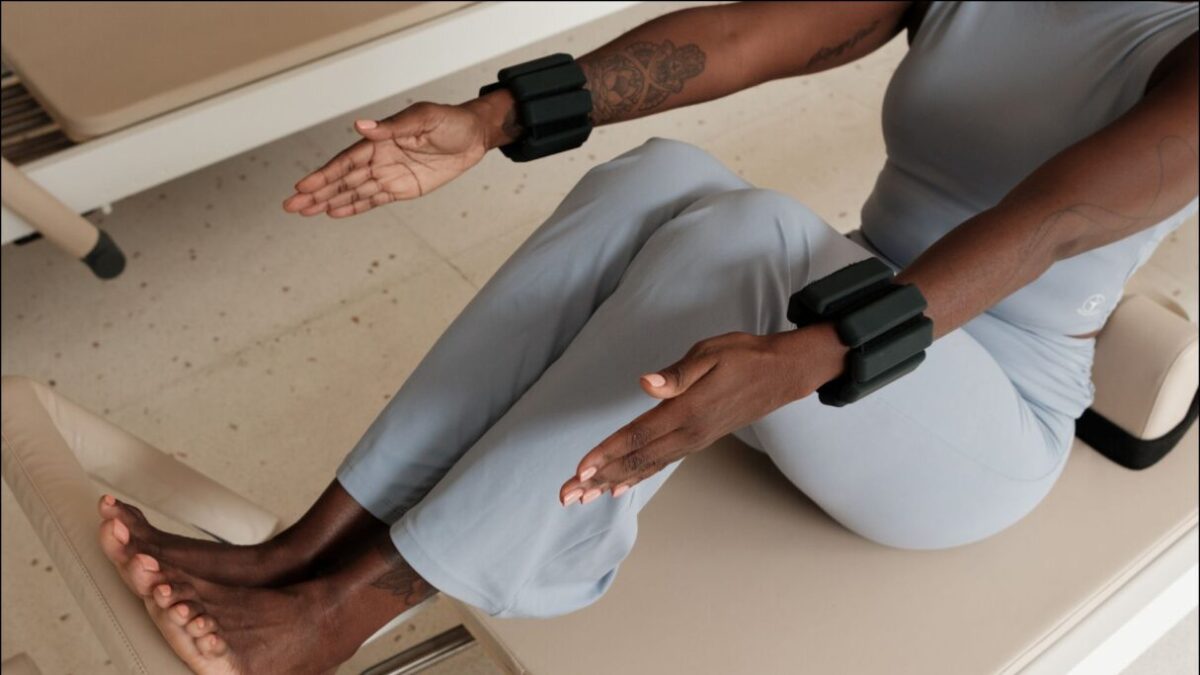As a physical therapist treating basketball players for over a decade, I can tell you this: ankle sprains are one of the most common injuries I see in basketball players – and one of the most misunderstood. Here’s what you need to know right away: while ankle sprains are highly treatable, getting back on the court too soon can lead to long-term problems that could impact your entire basketball career.
Basketball has one of the highest injury rates among team sports, with ankle sprains being particularly common. Research shows that proper prevention and treatment strategies can reduce your risk of ankle injuries by up to 36% – but you need to know what actually works.
Let’s break down everything you need to know about basketball ankle sprains, from prevention to recovery and return to play. Whether you’re dealing with a current sprain or trying to prevent one, this guide will help keep you on the court and off the sideline.
Why Are Basketball Players So Vulnerable to Ankle Sprains?
There are a few reasons why basketball players sprain their ankles so often. The sport of basketball has specific movements that make ankle sprains almost inevitable without proper prevention:
Landing Mechanics
A common scenario that we see? Landing on another players foot after a rebound. Think about it — you’re focused on grabbing the ball and your eyes are not focused on where you are landing. This forces your body to react quickly to adjust and land correctly on the floor. If the small muscles in your ankle are not communicating with your brain properly, this can lead to injury.
Quick Direction Changes
Basketball is a sport that requires a lot of quick starts and stops. Very rarely are you going at the same pace all game, instead you are sprinting then stopping, moving side to side, or pivoting. The nature of these movements can put pressure on your ankle.
Fatigue
One of the biggest risk factors for injuries in general is fatigue. Your landing mechanics can get sloppy, your body doesn’t move quite as quickly as your brain wants it to, and you end up rolling over your ankle instead of blocking that shot.
Understanding Your Basketball Ankle Sprain
Why do some ankle sprains seem to feel better after just a few days of rest and others take months to heal? That’s a great question! Let’s break it down so you can understand better.
Types of Basketball Ankle Sprains
Not all ankle sprains are created equal. This is the biggest reason why some ankle sprains take longer to heal than others. The worse the damage to the ligament, the longer it usually takes to heal. Here’s what you need to know about grading:
- Grade 1: Mild stretching of the ligaments
- Grade 2: Partial tear with moderate swelling
- Grade 3: Complete tear with severe swelling and instability
What’s the difference between an ankle sprain and a high ankle sprain?
When referring to an ankle sprain, people are most commonly talking about the Anterior Talofibular ligament (ATFL). This ligament connects the foot to the shin bone, and runs along the lateral part of your foot and shin.
A high ankle sprain refers to the ligament that connects the 2 “shin bones”- tibia and fibula together.
Ankle sprains usually happen when the foot turns in or out too much or with too much force. A high ankle sprain usually happens with the toes flexed up towards the shin and some type of collision or heavy force applied. The latter injury usually takes a longer time to heal.
When to Seek Immediate Care for an Ankle Sprain
I know the strong urge to “walk it off” after an ankle injury. But there is a chance that you have a fracture in your ankle bone, especially when going through growth spurts. Here are absolute signs you need medical attention:
- Unable to bear any weight on the affected foot
- Significant swelling or bruising
- Heard or felt a “pop” at the time of injury
- Pain well above the ankle joint
Treating Your Basketball Ankle Sprain
RICE is out, PEACE and LOVE are in
After you know there is no fracture, the worst thing you can do for an ankle sprain is completely immobilize it. The old RICE method (Rest, Ice, Compression, Elevation) has been proven to be ineffective for proper treatment.
Instead what you should follow is called the PEACE & LOVE protocol.
Protection: Avoid aggravating activities for the first few days
Elevation: Keep that ankle above your heart when possible
Avoid anti-inflammatory medications: I know it seems like the opposite of what you should do, but they reduce tissue healing.
Compression: Use an elastic bandage or compression sock
Education: Understand your injury (you’re doing that right now!)
Load: Let pain guide your return to activity. Listen to your body.
Optimism: Thinking positively will help you heal better!
Vascularization: Pain-free cardiovascular exercises to increase blood flow to heal tissues.
Exercise: Restore Mobility, strength and proprioception (This is where your Physical Therapist will give you personalized guidance!)
Exercise for Basketball Ankle Sprains
As mentioned above, exercise is a crucial component of the healing process. Of course, this exercise needs to be done systematically so you don’t reinjure the tissue. Here is what a basketball player can expect when rehabbing their ankle sprain with In Motion Physical Therapy.
Phase I Ankle Sprain Exercises- Restore Mobility
This phase is essential for regaining the range of motion of the ankle back. You may think that the ankle has TOO much mobility if it keeps rolling, but that may just be in the side-to-side motion. The ankle often rolls over to the side because you are missing ankle dorsiflexion movement (bringing your knee over your toe).
Here are a few exercises that you can try during this phase of recovery:
- Ankle Pumps
- Ankle Circles
- Ankle Alphabets
- Long Sit Ankle Stretch
- Half Kneeling Ankle DF/Circles
- Standing Calf Stretch
Phase 2 Ankle Sprain Exercises- Regain Strength + Proprioception
After you have regained most of your range of motion and reduced your pain levels, it is time to start working on your strength. Strengthening the ankle joint will help keep the full range of motion of your ankle. It is also important to incorporate hip strengthening exercises in combination with ankle strengthening. The hip and ankle are very connected, especially in the sport of basketball.
Proprioception is a fancy word for the way your brain and muscles work together to keep your balance. Your brain needs to know where your ankle is in order to run, jump, and land properly. When you injure your ankle, there is also injury to the pathways of your brain that connect your ankle and brain. The good news is that training these brain – body connections will help you regain your proprioception (and maybe even make it better than before your injury!
Here are a few exercises that you can try during this phase of recovery:
- Resistance Band Exercises
- Heel Raises (Double Leg, Double Leg -> Single Leg, Single Leg)
- Lateral walks with band around feet
- Single Leg Balance- Head Turns, Eyes closed, KB Passes
Phase 3 Ankle Sprain Exercises- Regain Power and Sport Specific Movements
Now that you’ve worked your way through regaining motion, strength and the ability to stand on 1 leg- it’s time for the fun stuff! This phase of recovery should look very similar to the way you train for your sport, both in the strength room and on the basketball court. It is necessary to perform the basic leg strength exercises such as squats, lunges and step downs before returning sprinting on the court.
This is also the time to begin a plyometric program. Plyo training will help your tendons and ligaments get used to the stress of the quick basketball movements you have to get back to.
Here are a few exercises that you can try during this phase of recovery:
- Squats
- Lunges
- Step Downs
- Pogo Hops
- Depth Jumps
- Blaze Pods (reactive training)
FAQS for Basketball Ankle Sprains
What happens if I don’t rehab my Ankle Sprain?
It still amazes me how many times athletes sprain their ankle and are not referred to a sports PT for treatment. Physical Rehabilitation for an ankle sprain in an effective way to reduce swelling and pain, as well as regain flexibility and strength more quickly than “waiting it out”. And by not treating the initial ankle sprain, you are setting yourself up for a higher risk of future injury. Unfortunately, the greatest risk factor for spraining your ankle is having a previous ankle sprain!
Here are some other risks you are taking by not rehabilitating your ankle sprain properly:
- Chronic ankle instability
Compensatory knee and hip problems (ACL tears)
- Decreased performance due to fear of re-injury
- Higher risk of future injury
Which is better for a Basketball Ankle Sprain? Taping vs. Bracing
This is one of the most common questions I get from players and parents. Here’s what research tells us:
Benefits of Taping
- Provides custom support
Can be adjusted for specific movements
- Preferred by many players for feel and comfort
Benefits of Bracing
- More consistent support throughout play
More cost-effective long-term
Easier to apply correctly
Can be quickly adjusted during games
When it comes to protecting your ankles on the basketball court, both taping and bracing can effectively prevent re-injury. Research shows these methods are equally successful, so your choice really comes down to what works best for you. If you have access to an athletic trainer or someone skilled in taping techniques, and don’t mind the daily cost of tape, that might be your preferred route. On the other hand, a quality ankle brace is a one-time investment that you can easily apply yourself before games or practices.
Can I prevent an ankle sprain? YES!
Here’s the exciting part: you don’t have to accept ankle sprains as an inevitable part of basketball.
Research shows that with the right prevention strategies, you can reduce your risk of ankle sprains by over 30%. The key is implementing a comprehensive approach that includes proper warm-up routines, movement training, and strengthening exercises.
At In Motion Physical Therapy, we’ve seen remarkable results when athletes commit to structured neuromuscular warm-ups (which alone can reduce injury rates by 36%), focus on proper landing mechanics, incorporate regular balance training, and maintain consistent ankle strengthening exercises.
The best part? These prevention techniques don’t just reduce injury risk; they often improve performance on the court too. Think better cuts, quicker reactions, and more explosive movements.
Basketball Ankle Sprain: Your Next Steps
Ready to take control of your ankle health? At In Motion Physical Therapy, we specialize in helping basketball players recover from and prevent ankle sprains. Our one-on-one sessions ensure you get the focused care needed to return to the court safely and confidently.
If you are located near Farmingdale, NY schedule an evaluation today to get your custom recovery or prevention plan. Don’t let ankle sprains keep you off the court – let’s work together to keep you In Motion!



